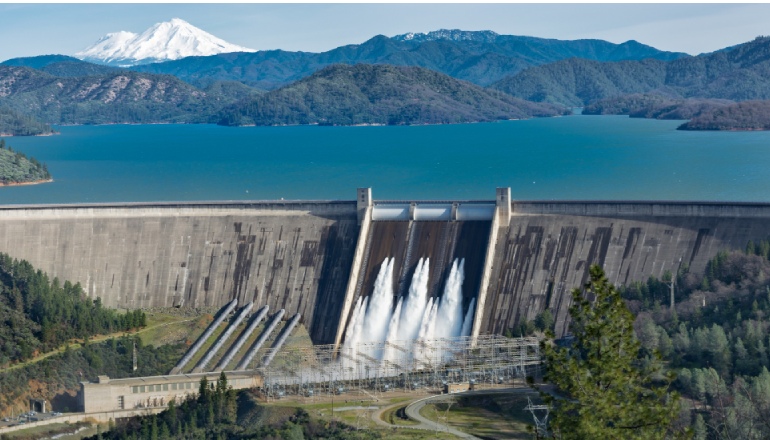The Cabinet has approved a modification to the budgetary support scheme for enabling infrastructure for Hydro Electric Projects, totaling Rs 12,461 crore. The scheme would be implemented from FY 2024-25 to FY 2031-32.
Benefits:
The revised scheme would boost hydro electric projects through:
- Faster development of HEPs
- Improved infrastructure in the remote and hilly project locations
- Direct and indirect employment opportunities for local people
- Fresh investments into the hydropower sector and
- Incentives for timely completion of new projects.
Modifications:
The government has introduced the following modifications to the earlier scheme.
a) Added budgetary support for four additional items: (i) transmission line from powerhouse to closest pooling point; (ii) ropeways; (iii) railway siding; and (iv) communication infrastructure.
b) The program will cover all Pumped Storage Projects (PSPs), including Captive/Merchant PSPs, and all Hydro Power Projects with a capacity greater than 25 MW. Under the plan, a total PSP capacity of roughly 15,000 MW would be supported.
c) Under this scheme, projects whose Letter of Award for the first major package is issued up until June 30, 2028, will be taken into consideration.
d) The budgetary support cap is logically set at Rs. 1.0 crore/MW for projects under 200 MW and Rs. 200 crore plus Rs. 0.75 crore per MW for projects exceeding 200 MW. The maximum amount of budgetary support in exceptional circumstances is Rs. 1.5 crore per megawatt, if there is adequate justification.
e) However, budgetary support will be given following an evaluation of the infrastructure enabling costs.
Backdrop:
It should be mentioned that the government has implemented policy measures to address the challenges that impede the development of hydropower, such as isolated locations, steep terrain, a lack of infrastructure, etc. Measures like designating large hydropower projects as Renewable Energy sources, imposing Hydro Power Purchase Obligations (HPOs), rationalizing tariffs through tariff escalation, providing budgetary support for flood moderation in storage hydroelectric projects, and funding the cost of enabling infrastructure—that is, building roads and bridges—were implemented in March 2019.

